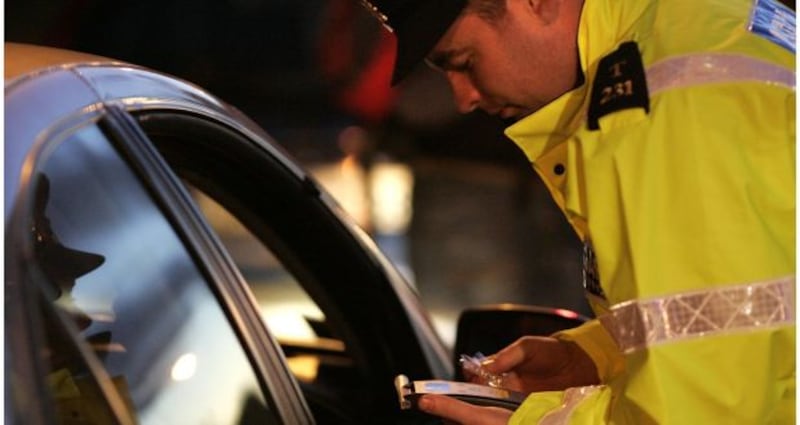Arrests for driving under the influence of alcohol and drugs have surged in Dublin this year despite pubs being closed for months and traffic levels plummeting during the coronavirus pandemic.
Garda figures obtained by The Irish Times show that arrests for drunk or drug-driving increased in 11 of the 28 Garda divisions nationally in the first six months of this year.
Sources believe the higher arrest numbers in the capital and some other areas was due to people’s drinking shifting to the home while movement was restricted and licensed premises were shut.
Tens of thousands of Garda checkpoints were conducted to enforce the restrictions and senior officers said more drivers than ever were stopped and spoken to by gardaí, raising the chances of encountering drink- or drug-drivers.
Concern
The data show that arrests for drink- or drug-driving increased by 24 per cent in Dublin, with its six Garda divisions recording higher numbers in the first half of this year than in the same period last year. Arrests were also higher in Kilkenny-Carlow, Louth and Roscommon-Longford, with smaller increases in the Wicklow and Cork North divisions.
Garda sources said many drivers caught drink-driving were well over the limit, with some people stopped after drinking at home and on their way to buy more alcohol. However, the most significant concern within the force related to the numbers driving under the influence of drugs, with cannabis and cocaine most regularly detected.

Nationally, there were 4,398 drink- and drug-driving detections in the first half of this year; down almost 9 per cent on the same period last year.
Restriction
In the Dublin Metropolitan Region (DMR) Western Garda division, arrests were up by 32 per cent and in DMR South Central they were up by 29 per cent.
However, there were significant decreases in drink- and drug-driving arrests in some places with arrests in the Clare division down by 44 per cent, Mayo down 43 per cent in Mayo and Kildare and Wexford divisions by about a third.
Transport Infrastructure Ireland data showed traffic levels declined by 40 per cent in the two-week period after schools closed on March 12th and were down by up to 70 per cent after a restriction was placed on non-essential travel farther than 2km from home. On Easter Sunday, April 12th, traffic levels were just 13 per cent of what they would have been in normal times.
By mid-May, traffic volumes were back to about 50 per cent of the normal level and last month the daily numbers were still about a third lower than last year.














